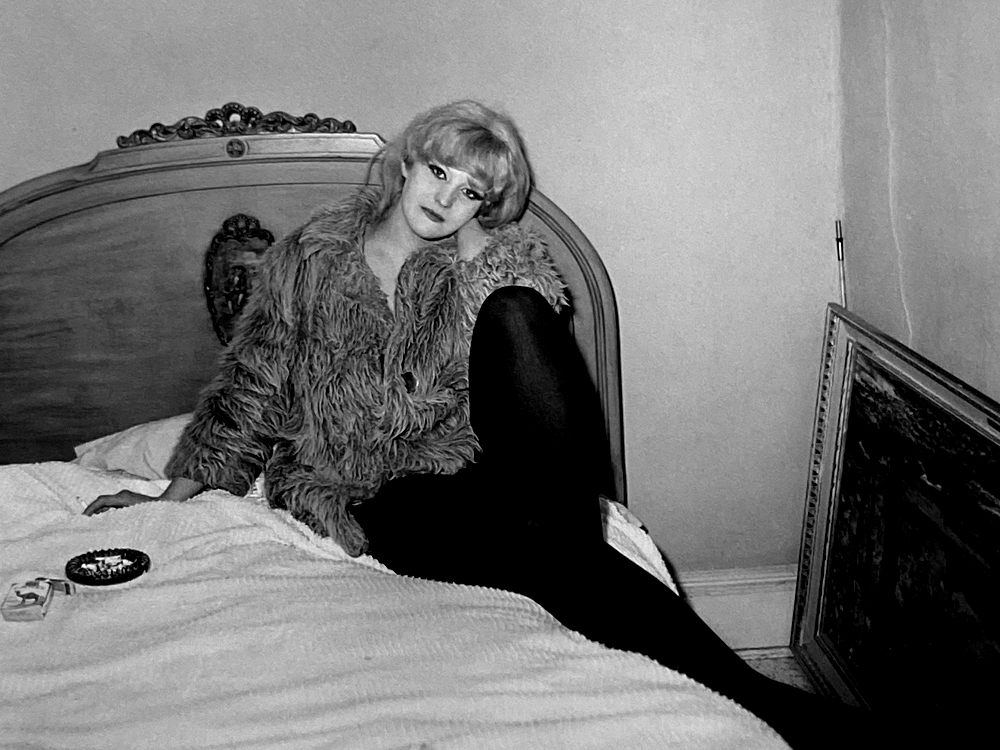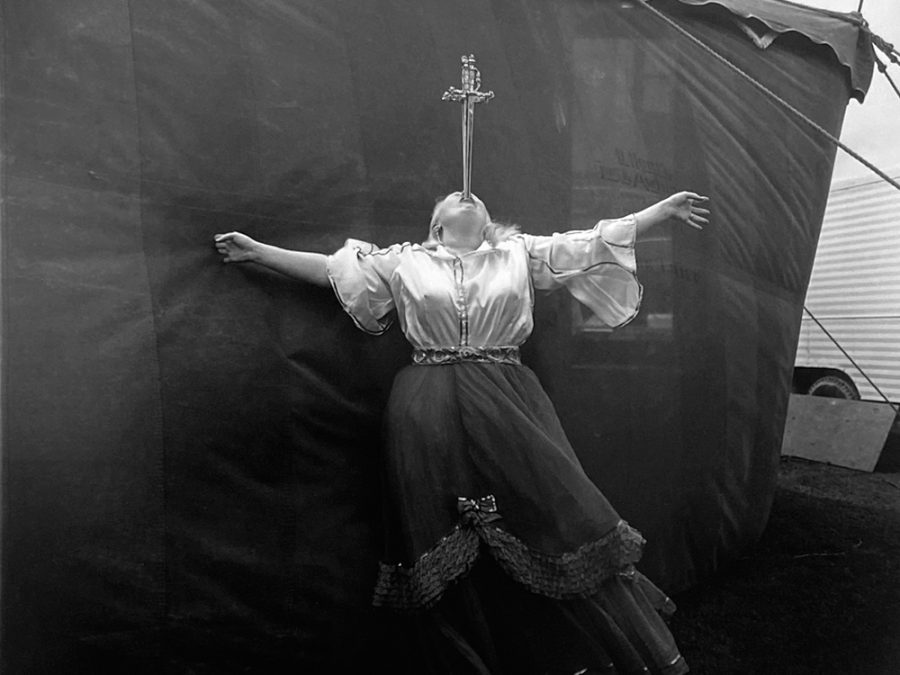
“Cataclysm: The 1972 Diane Arbus Retrospective Revisited”
Presented by David Zwirner and Fraenkel Gallery
EXHIBITION ON VIEW
September 14 – October 22
DAVID ZWIRNER GALLERY
537 W 20th Street, New York, NY 10011
In partnership with Fraenkel Gallery, David Zwirner Gallery commenced its much-awaited “Cataclysm: The 1972 Diane Arbus Retrospective Revisited” exhibition on September 14th. The opening took place in conjunction with the release of the gallery’s high-budget book, DOCUMENTS, which compiles Arbus’ writings and correspondences with contemporaneous press coverage.
Best known for photographing traditionally marginalized members of society, Arbus died by suicide in 1971. The exhibition commemorates the fiftieth anniversary of her posthumous show at the MoMA, New York, which took place just a year after her passing. Arbus did not curate the selection of photographs displayed at either show. The only portfolio she ever curated was A box of ten photographs–a book that she only sold four copies of during her lifetime. The lineup of characters on the walls, then, holds an unfiltered mirror up to her world through her eyes.

Arbus’ legacy not only brought photography into the museum setting but also prompted questions about the meaning behind her unusual selection of subjects. Entering the gallery’s well-attended show transports the viewer into the world seen by Arbus’ camera lens–one of black-and-white snapshots of everyone from circus performers, nudists, babies, elderly people, trans people, short people, and identical twins to those she simply encountered walking the streets and felt compelled to capture. The subjects often make eye contact with the camera, whose direct, shining flash captures half of a relationship–a conversation–between Arbus and a person who is aware they are being looked at. Arbus left a career in fashion photography to seek out these subjects at dancing venues, on the streets, and at nudist camps, among other places.
A large portion of the opinions published by Arbus’ contemporaries left scathing reviews of her subjects–often dubbed ‘freaks’. Susan Sontag, in her 1973 piece for The New York Review of Books entitled “Freak Show” (republished in DOCUMENTS), wonders cruelly about the mindset of those who consented to be photographed: “Do they see themselves, the viewer wonders, like that? Do they know how grotesque they are?” Many such critics wrote of repulsion, of who should and should not be photographed in an artistic context. Some even posit that her art takes advantage of marginalized populations. This discourse, which started decades ago, continues today. What does it mean to exploit and what does it mean to portray? And how can one’s own perspective on the people in the photographs impact the answer to this question?

In a passage from DOCUMENTS, Arbus explains what exactly it means to be a ‘freak’: “Most go through life dreading they’ll go through a traumatic experience. Freaks were born with their trauma. They’ve already passed their test in life.” Ultimately, the photographs show the humanity in Arbus’ subjects: the intersection of how they want to be seen as a model and the ways they cannot hide their dreams, aspirations, flickering moments of joy, fears, uncertainties, and truths from her perceptive lens. Whether the person resides in a photograph entitled ‘Girl with a cigar in Washington Square Park’ or ‘Albino sword swallower at a carnival’ or ‘Mexican dwarf in his hotel room’, the viewer is transported into someone else’s world–one they cannot enter, but one whose human experience shines above all else.



